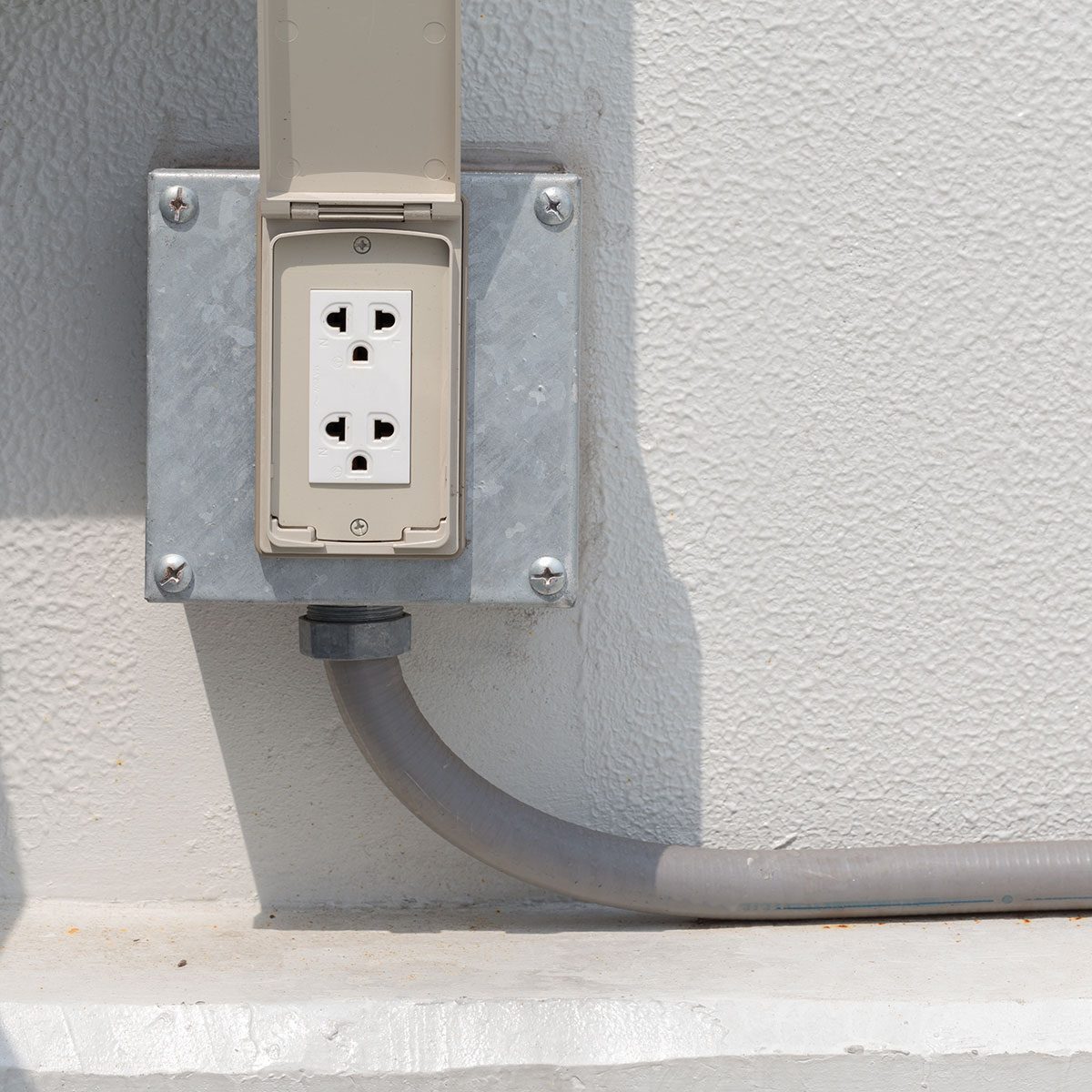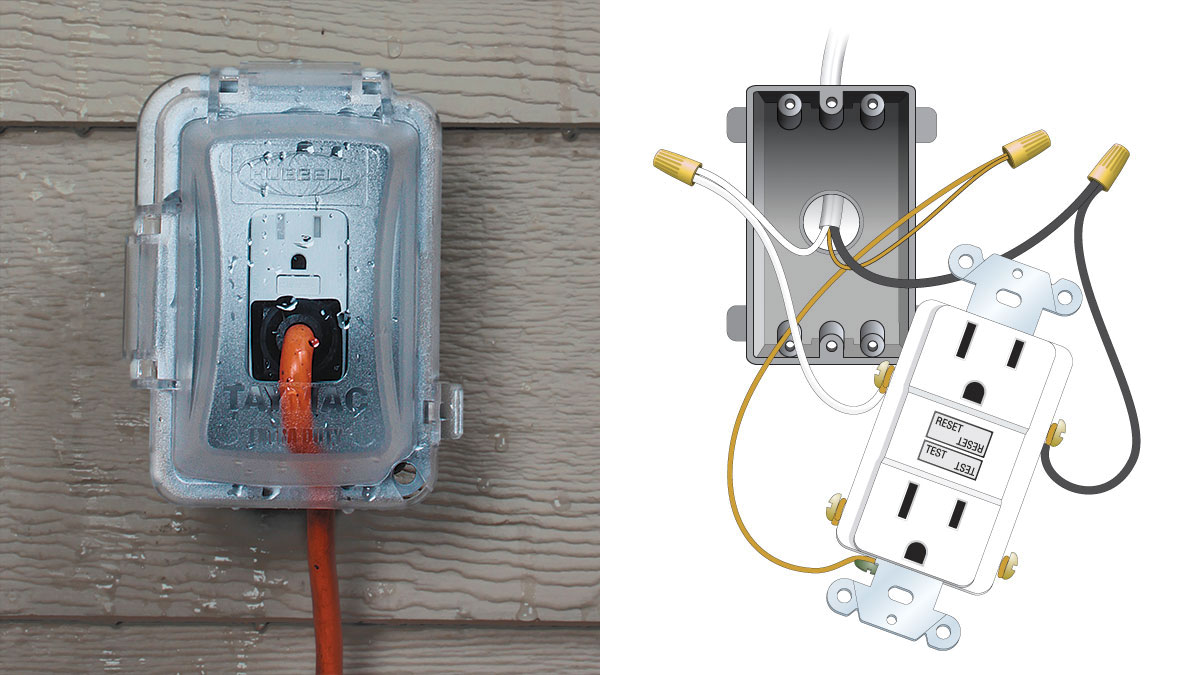
As any DIY enthusiast or homeowner knows, having ample access to power outlets is crucial, especially in areas like the garage and around the exterior of your home. But it’s not just about convenience; proper placement of these receptacles is also about safety and adhering to building codes. Let’s shed some light on the essential guidelines for outdoor and garage receptacle placement to ensure your home is both functional and compliant.
Why Outdoor Receptacles Matter
Imagine this: you’re tackling a landscaping project, and your electric hedge trimmer sputters to a stop mid-cut. Instead of conveniently plugging in nearby, you’re faced with the risky proposition of stringing an extension cord across your lawn or, even worse, through a window. Outdoor receptacles eliminate these hazards and provide a safe, accessible power source for all your outdoor needs, from holiday decorations to power tools.
Key Considerations for Outdoor Receptacles
Location, Location, Location: The National Electrical Code (NEC) mandates that outdoor receptacles be installed at both the front and back of your home, as well as around your garage. This ensures easy access to power without resorting to dangerously long extension cords.
Height is Key: Receptacles should be installed no more than 6 1/2 feet above ground level. This ensures they are within easy reach while remaining relatively protected from accidental damage.
Safety First: Outdoor receptacles must be GFCI (Ground Fault Circuit Interrupter) protected. GFCIs are designed to prevent electrical shocks by quickly shutting off power in the event of a ground fault. Additionally, they should be tamper-resistant (TR) to prevent children from inserting objects into the slots and weather-resistant (WR) to withstand the elements.

Garage Receptacles: The Powerhouse of Your Workspace
For many homeowners, the garage serves as a workshop, hobby center, and storage space, making reliable power essential. Let’s explore the guidelines for ensuring your garage is well-equipped to handle your electrical needs.
Garage Receptacle Essentials
One for Every Ride: The NEC requires at least one receptacle in each vehicle bay, ensuring you can easily charge electric vehicles or power tools while working on your car.
Strategic Placement: Similar to outdoor receptacles, garage receptacles should be installed no more than 5 1/2 feet above the floor. This ensures they are easily accessible, even when large items are stored nearby.
Don’t Skimp on Outlets: While the code sets a minimum requirement, it’s wise to consider installing additional receptacles in your garage to accommodate your specific needs. Think about your workflow and the types of tools and equipment you use regularly.

Beyond the Basics: Additional Tips for Optimal Placement
Plan for Appliances: If you have a chest freezer, refrigerator, or other large appliances in your garage, ensure dedicated receptacles are installed nearby.
Workbenches Need Power: Position receptacles above your workbench to provide convenient power for tools and lighting.
Outdoor Convenience: Install a receptacle near your garage door opener for easy access when working outside.
Safety Considerations for Garage Wiring
Consult a Professional: While some electrical projects are suitable for DIYers, it’s always best to consult with a qualified electrician for any significant electrical work, including installing new receptacles. They can ensure the work is done safely and to code.
Use Proper Wiring Methods: When installing receptacles, use appropriate wiring methods, such as metal conduit, to protect wiring from damage.
Label Your Circuits: Clearly label your circuit breaker panel to easily identify and shut off power to specific areas of your garage if needed.

Resources for Further Information
The National Electrical Code (NEC): The NEC is the benchmark for safe electrical installations in the United States. You can find more information and specific code requirements on the NFPA (National Fire Protection Association) website: https://www.nfpa.org/
Your Local Building Department: Your local building department can provide information on specific code requirements in your area and may require permits for electrical work.
By following these guidelines and consulting with a qualified electrician, you can create a safe and functional environment in your garage and around your home, ensuring you have the power you need, right where you need it.








